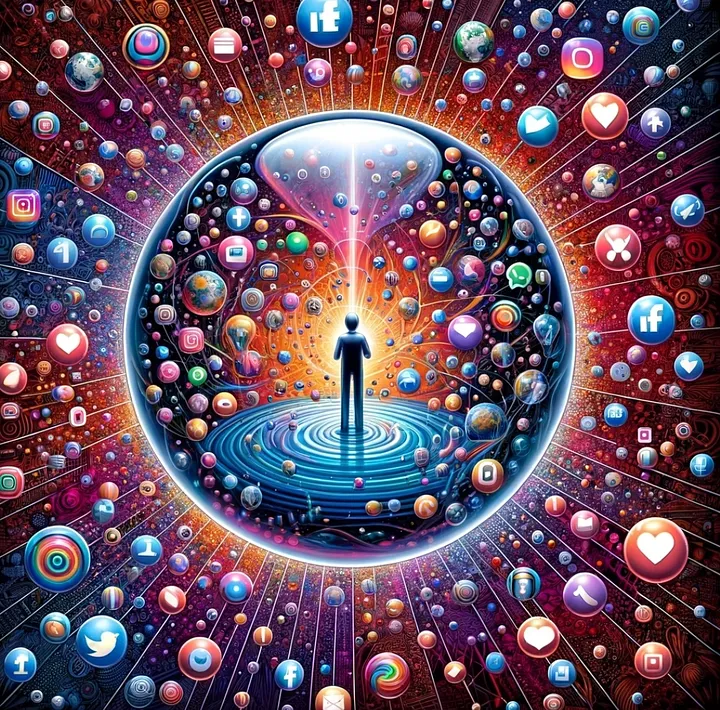Social media platforms promise a unique, personalized experience through sophisticated algorithms. Yet, many users report encountering content that seems homogenized, raising questions about the true nature of these algorithms and the influence of social media moguls.
The Allure of Personalization
Social media platforms use algorithms to curate content based on individual user behavior, ostensibly creating a tailored feed. These algorithms are designed to enhance user engagement by presenting content that aligns with their interests and past online activities.
The Reality of Homogenized Content
Despite the promise of a personalized experience, many users find themselves viewing similar material. Research from the Pew Research Center revealed that users across different age groups frequently encounter content that evokes the same emotions, such as anger or amusement. This phenomenon suggests a certain level of uniformity in the content being promoted by these algorithms.
Emotional Impact and Content Types
The emotional impact of social media content varies by age, with younger users more likely to feel lonely and older users less amused by what they see. Interestingly, a study showed that the ‘anger’ emoticon is the most common reaction to posts by members of Congress on Facebook. This could indicate a skew towards more sensational or divisive content across users’ feeds, regardless of their individual preferences.
User Awareness and Attitudes
Many users are unaware of how these algorithms work and their role in content curation. Less than 20% of social media users understand the mediation of their feeds by these algorithms. Furthermore, the perception and acceptability of these algorithms vary. Users generally show mixed feelings about the use of their personal data for content personalization, with some comfort in certain contexts but unease in others, such as political campaigning.
The Paradox
This situation creates a paradox where social media platforms, governed by algorithms designed for personalization, end up delivering a surprisingly uniform experience to a diverse user base. It raises critical questions about the underlying mechanisms of these algorithms and the influence of social media companies in shaping public discourse and perception.
Concluding Thoughts
The promise of a personalized online experience contrasts starkly with the reality of a seemingly uniform content landscape. This dichotomy poses significant implications for user autonomy and the role of social media in shaping public discourse.
References:
Pew Research Center Study on Social Media Attitudes.
Max Planck Institute for Human Development’s Research on Algorithmic Personalization.












